
Tours along the Seattle underground have been organized since 1965. In
this way authorities tried to attract society's attention to the history
of the city and save the old buildings located in Pioneer Square (the
Seattle's oldest neighborhood) from demolition. So, let's have a walk
along its underground and plunge into the history of the 19th century.
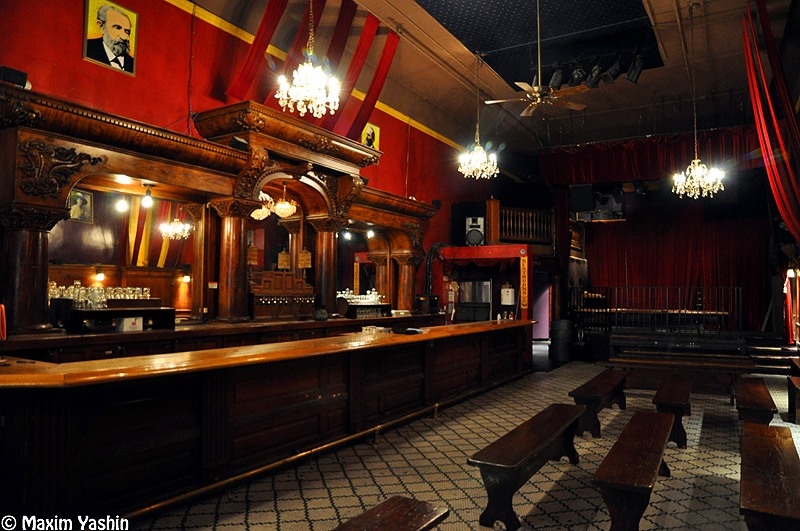
The expedition under command of Arthur Denny came to Seattle in
November of 1851. He believed the history of this city had begun with
his coming but he was wrong. A certain Doc Maynard had discovered and
explored this place even before Denny. Besides, there were people who
had witnessed both expeditions - local Indians who had already been
inhabiting this land for more than 6.000 years. This swampy rainy area
was always their Motherland and gave them all they needed.
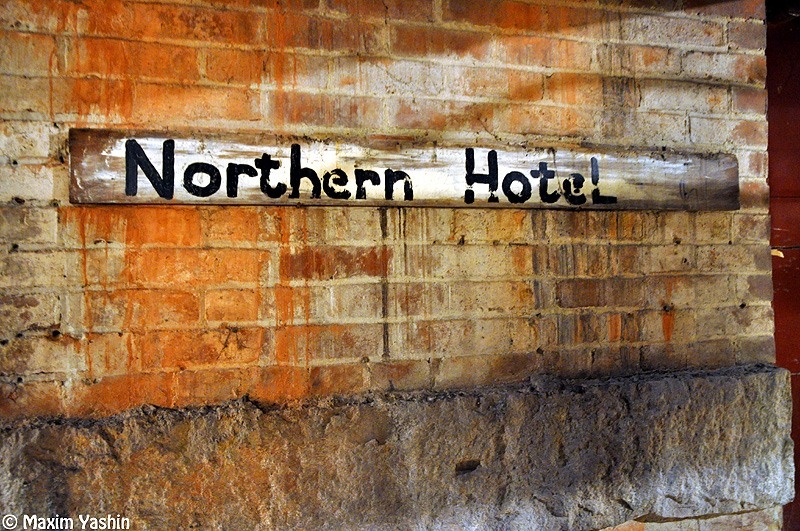
Arthur Denny had his own outlook on life. Money seemed to be his only
religion. And it's clear he regarded this piece of land near Puget Sound
Bay as something he could benefit from (the forest on a steep shore
could have been cut and sold, and Elliott Bay could have been used for
its transportation). So, it was Denny who built the first several huts
of future Seattle.
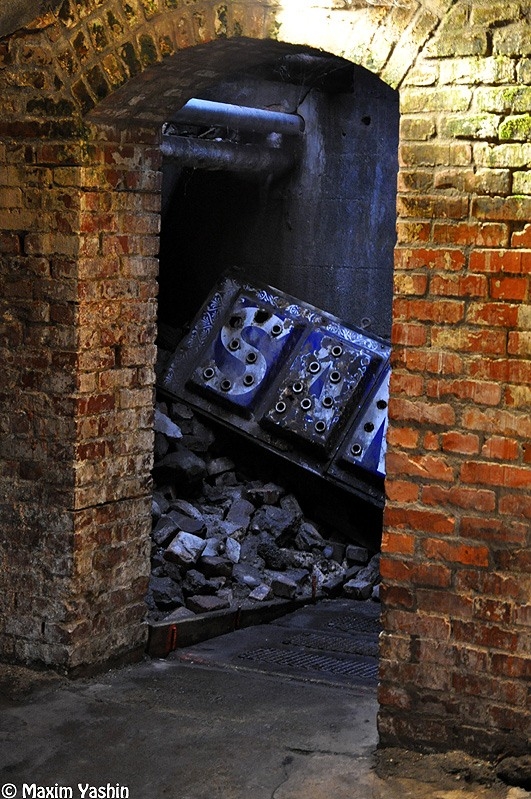
But he was green and young at that time (he was 29) and sold the lands
at an extremely high price. When he had realized that wouldn't be able
to earn enough money in this way, he asked experienced 44-year-old
(previously mentioned) Doc Maynard for help. The latter started building
the city and, unlike Denny, sold the land at a low price. He treated
respectfully local residents and thus named the city after their chief
Seattle. So, one can fairly say Seattle was a result of Maynard's
foresight.
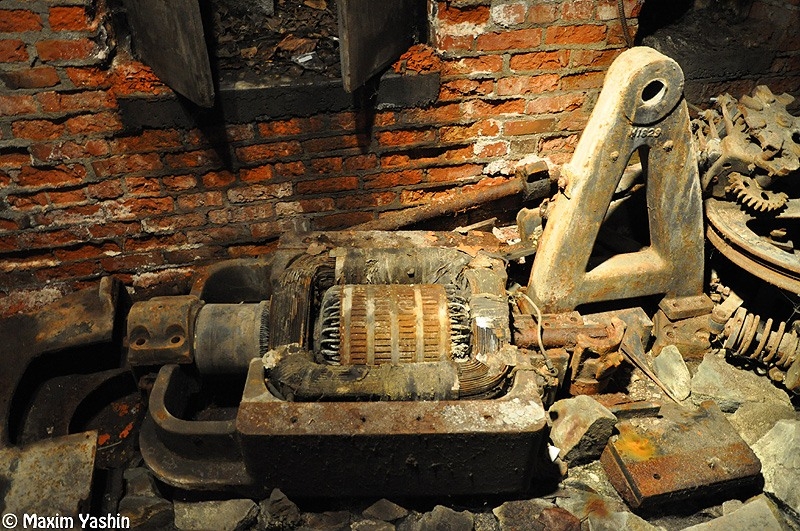
After Henry Yesler had been given a piece of land in Seattle, he built
his first steam-powered sawmill here, and the first capital flowed to
the city.
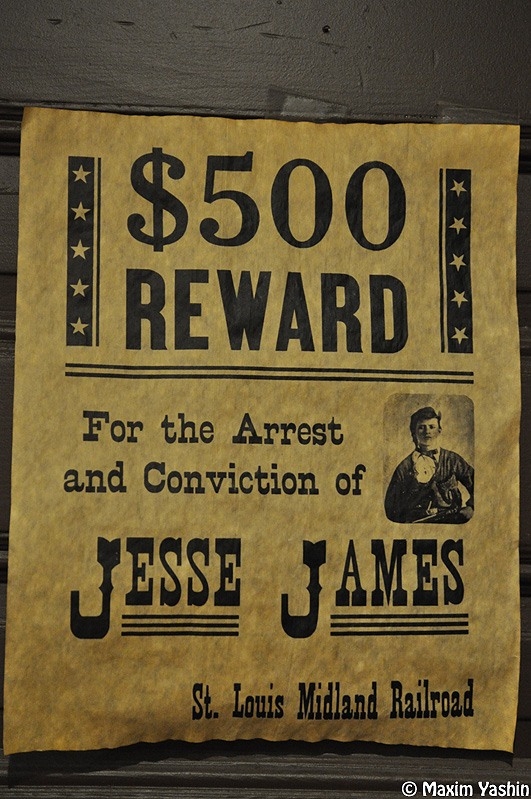
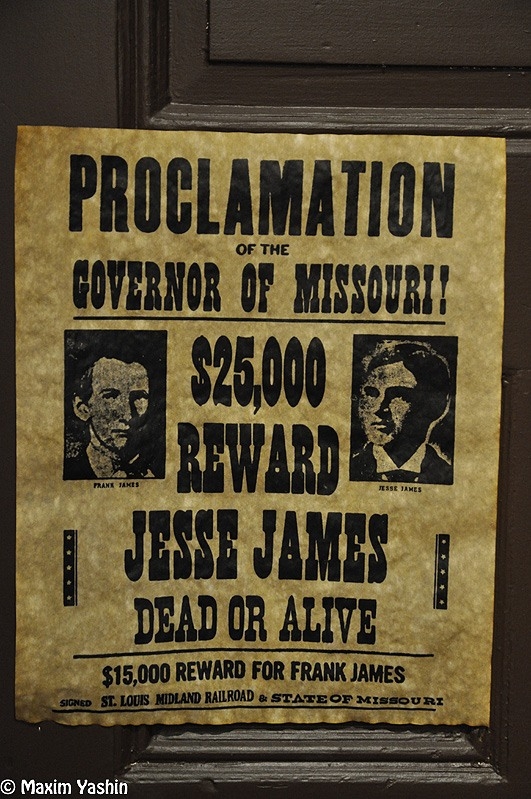
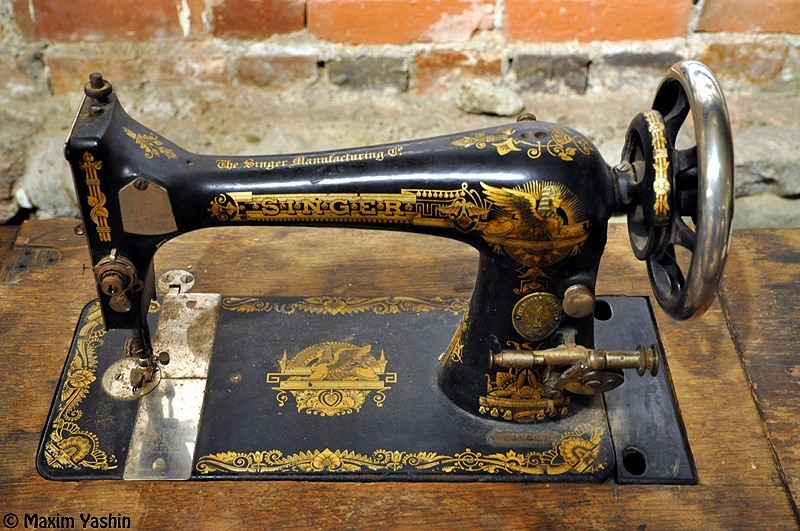
In 1887 all able-bodied citizens of Seattle had a census. It turned out
that 10% of them were young women who mentioned they had worked as
seamstresses. That was quite curious especially for the city of
woodcutters. That's why a special research was carried out which showed
there hadn't been a single sewing machine in the city, and the girls had
been no other than prostitutes. It was decided to let them live in
Seattle but tax them. That's how the steam sawmill stopped being the
major business of the city yielding to prostitution which made up 87% of
its budget.
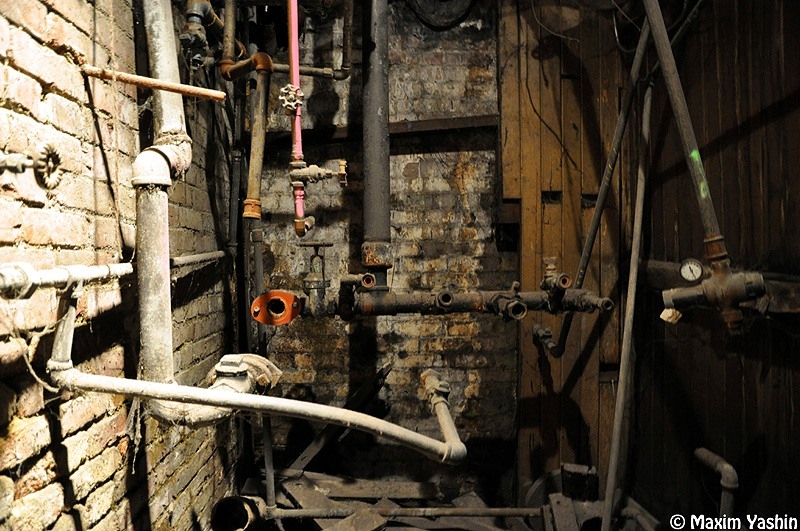
Nevertheless sawmills continued working, and every day carts with saw
dust were emptied right on the streets of Seattle. It was made for one
purpose: to dry the puddles resulted from a bad rain removal system.
Sometimes the puddles became so huge that even got the names. What's sad
is that children often sank in such puddles.
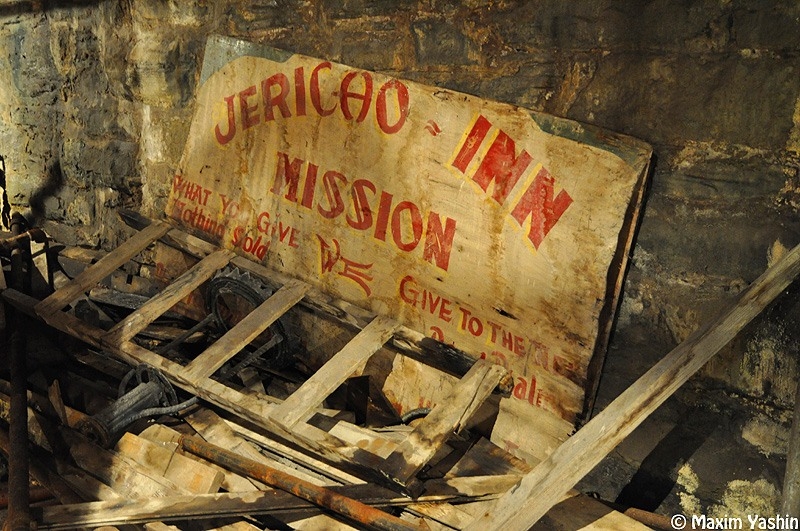
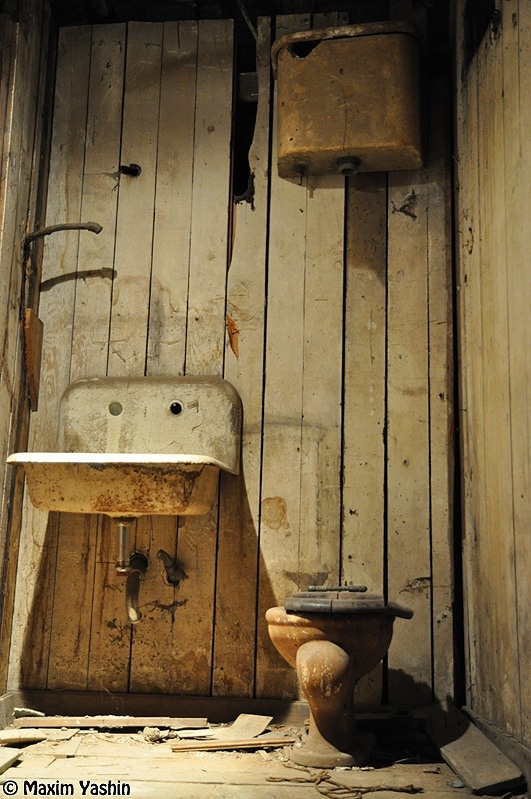
In 1881 the first modern toilets with a close tank and bowl appeared
here. A sewer system, though, was based on the principle of gravitation.
And it means a toilet worked perfectly only during the ebb. During the
flow all the excrements were flushed away not to the sea but in the
opposite direction. You can imagine, all over the city, here and there
appeared small volcanoes ejecting... you know what.
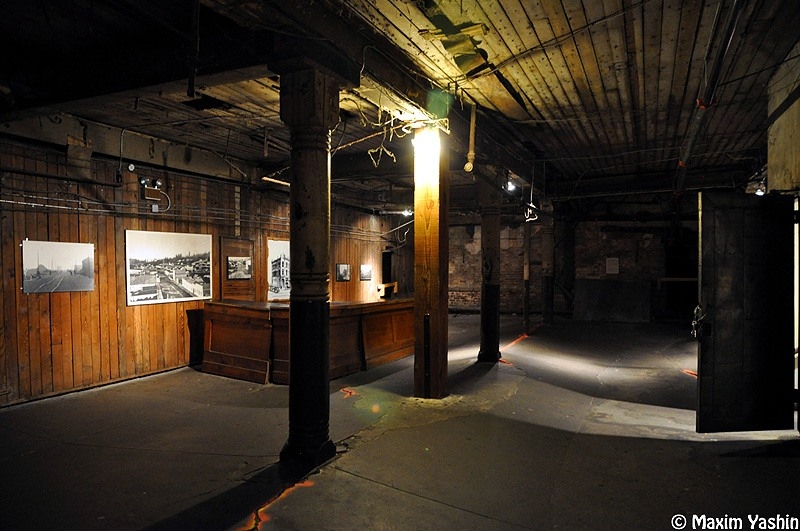
That's how Seattle looked during the first 35 years of its life:
corrupted politicians robbing the city at every suitable moment,
children sinking on the streets, the main industry - prostitution, plus
toilet bowls changing the flushing direction twice a day. All these
terrible problems were solved accidentally.
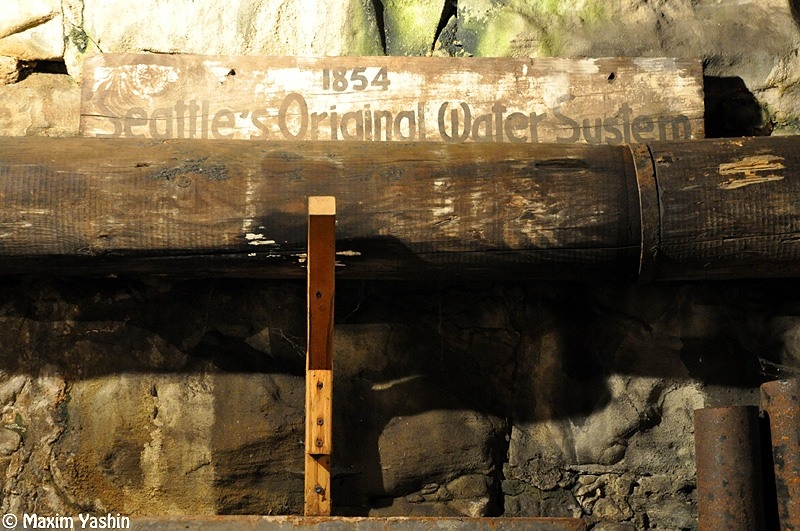
On the 6th of June in 1889 the city of Seattle burnt down. The flame
had been ranging for 12 hours. The damage was estimated at $15 million.
Having destroyed 44 blocks of cheap buildings and brought to naught 35
years of human's greediness, the fire was admitted as a disguised God's
gift. Two people and a million of rats died on that day.
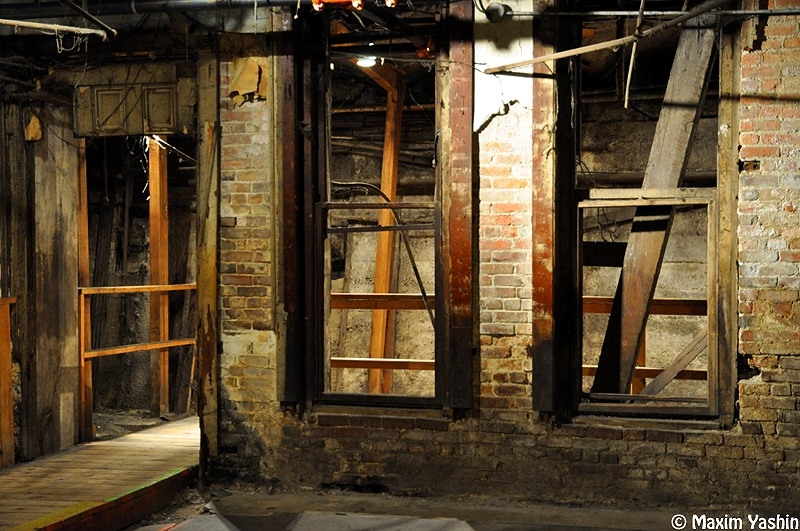
When the fire was over, it seemed the doomsday had begun. When in fact, a miracle happened - the new Seattle was born.
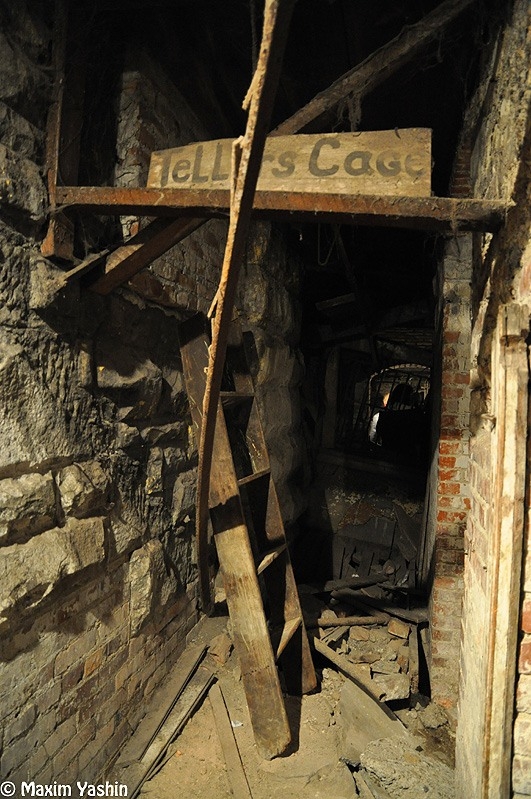
On the same day all the residents gathered at an open meeting to decide what to do next.

To get rid of the problems of the drainage system they decided to fill
the tideland with sand and direct the sewage waters there. After that it
was decided to build a new city with modern fireproof houses.

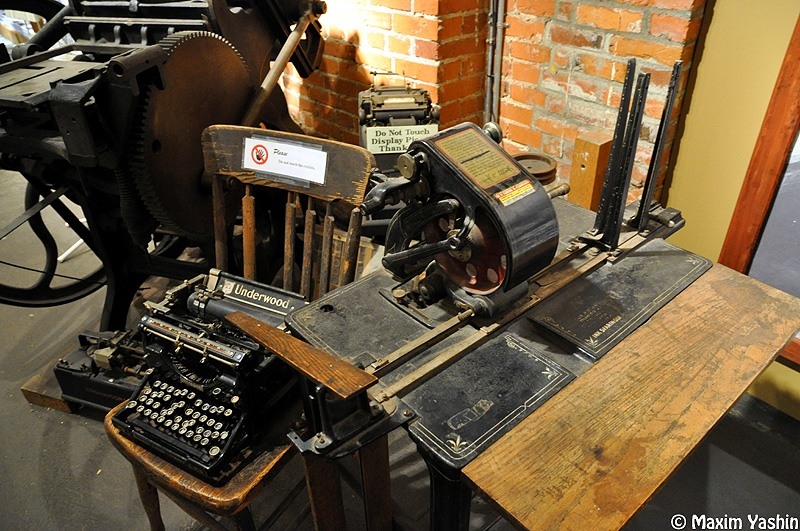
After new houses had been built, the next task was to increase the
level of the ground near them. For this purpose special protective walls
in a form of trapeze were erected and the space in them was filled with
sand and other junk. This resulted in increasing of the street level
(it became 2-10 m higher).
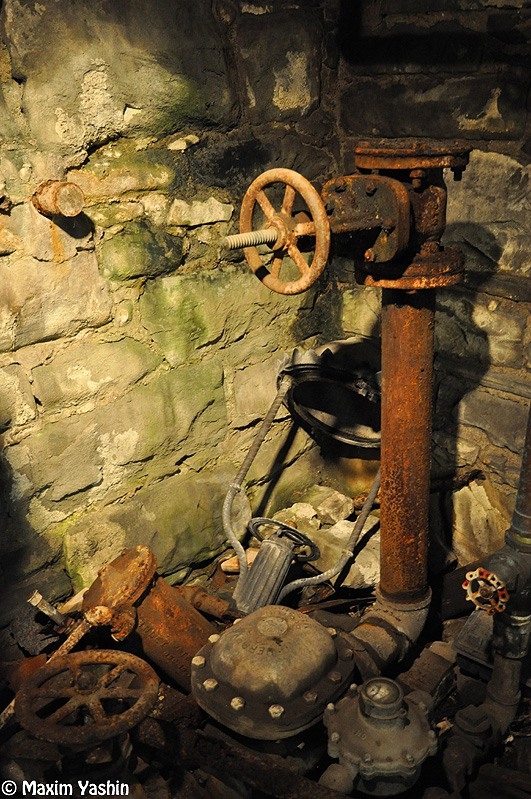
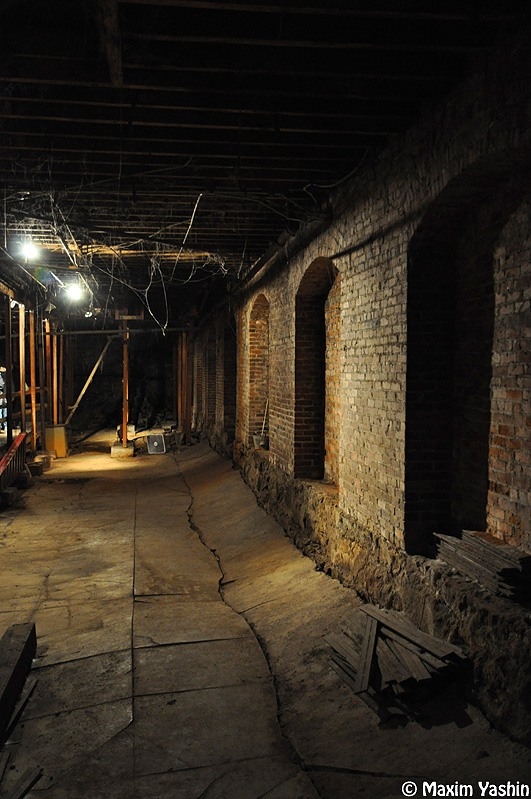
Being on a tour along the underground, you can walk down the original pavement and today's pavements will be above your head.
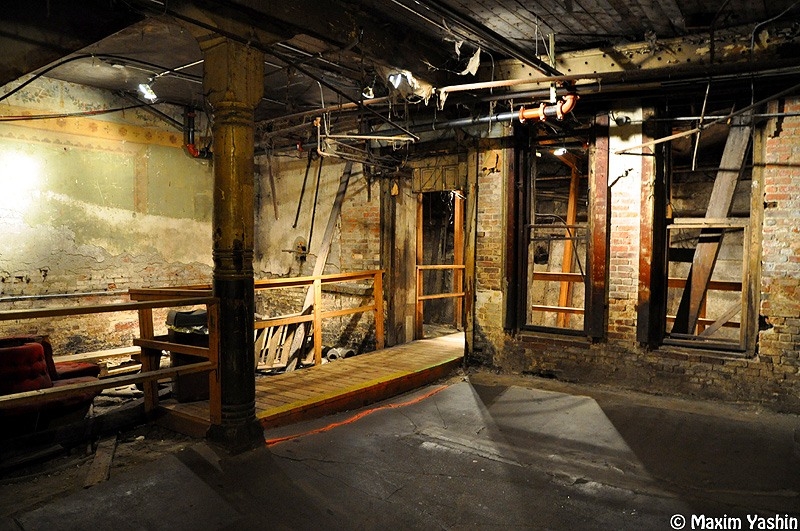
So, after the fire Seattle started following the right way - from dirt
and upwards. There were modern houses everywhere, new streets having
raised above the old ones, well in a word - life was going on and the
bright future was waiting for Seattle.
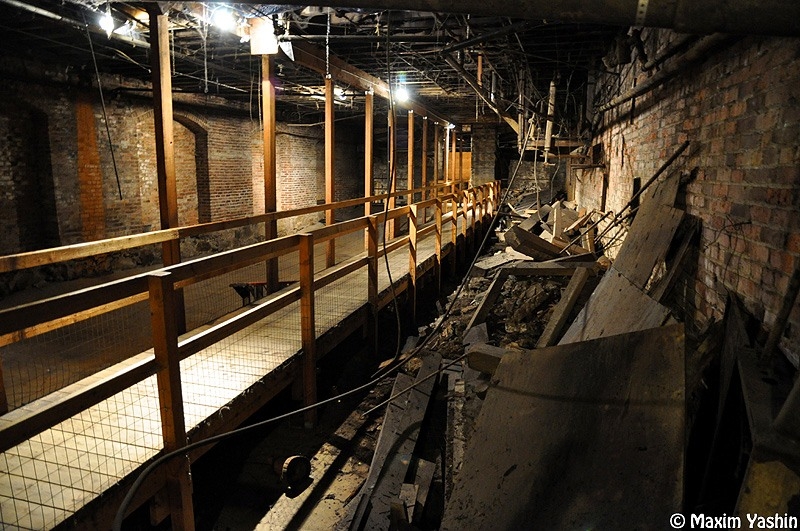
Working on the two levels shops could hardly manage a rush of customers
during the trading bounce of 1889-1893. Later in 1897 the city was
seized by the gold rush which brought $100 million to its budget.

In 1907 bubonic plague broke out in Seattle. A famous specialist was
urgently called here to struggle with this terrible disease. Firts, he
closed about 30 buildings needed the sanitary disposal. Then, he
promised to pay 10 cents for every rat's tail. And the last one, all the
street pavements were concreted to supress the rodents' migration.
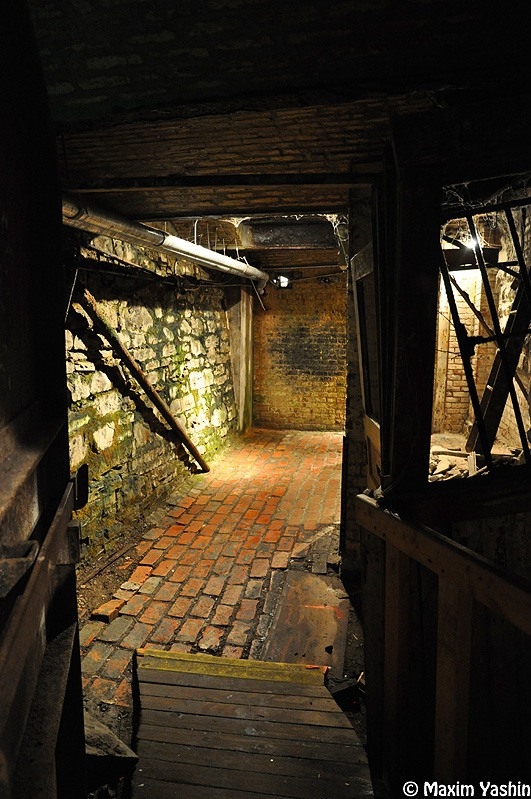
Soon the lower level became the favourite place of opium addicts and
gamble and illegal lotteries lovers. It was also the shed for the
homeless. All worthy things were taken out from here and much junk was
brought in.
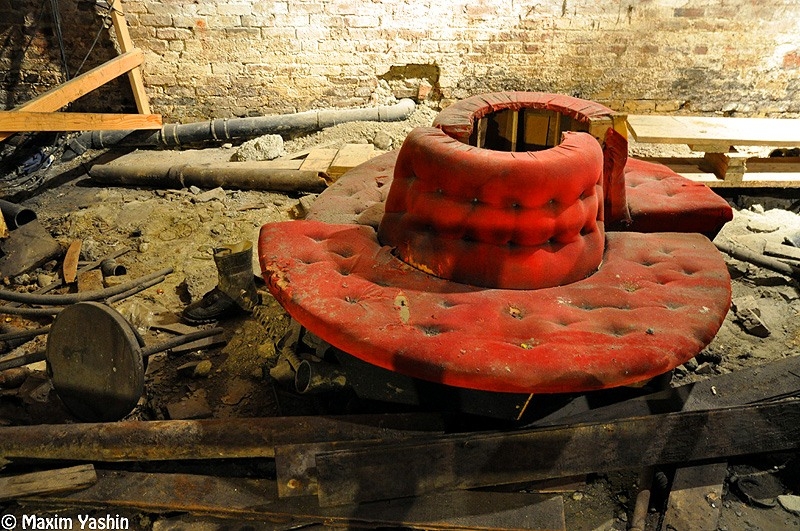
That was the history of a wonderful city of Seattle. Nowadays everybody
can take a tour along its underground and feel like in the 19th
century.
via maxim-yashin
0 comments:
Post a Comment